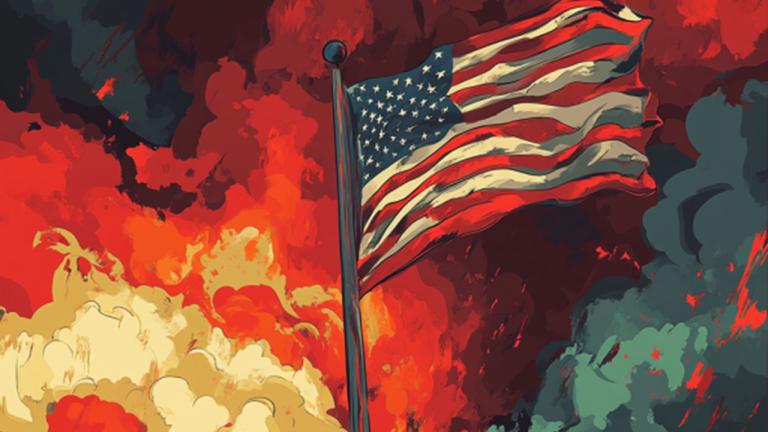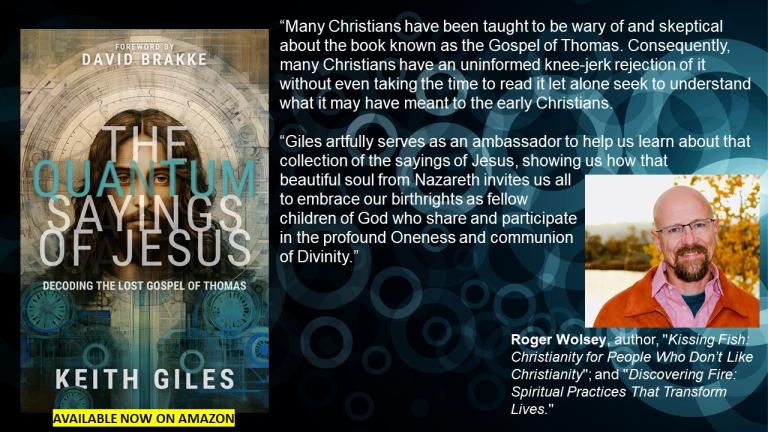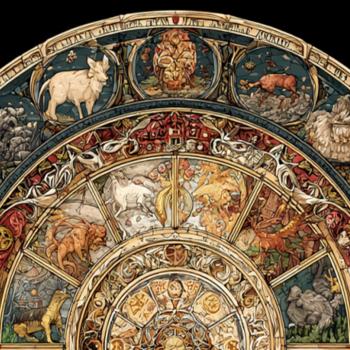
Why America Might Be in a Major Crisis (and What Comes Next)
Ever feel like the world’s just a little…off? Like everything’s happening all at once, and somehow it’s all connected?
Well, it turns out, according to historians William Strauss and Neil Howe in their book, The Fourth Turning, that’s exactly what’s going on.
They argue that history runs in cycles, and right now, America is in a critical phase they call the “Fourth Turning.”
Spoiler alert: This stage is all about transformation and deep societal change. So, if you’ve been wondering why it feels like the world is turning upside down, keep reading.
What Is The Fourth Turning Theory?
Before we dive into what’s happening today, let’s break down The Fourth Turning theory.
Strauss and Howe propose that history repeats in cycles, each lasting about 80 to 100 years.
These cycles are divided into four “turnings,” each lasting around 20 years and bringing different vibes. Here’s a quick overview:
- The High – After a crisis ends, society rebuilds with optimism. This is when strong institutions form, everyone’s on the same page, and things generally look up. Think about America after World War II: the economy boomed, institutions strengthened, and people embraced a shared sense of purpose.
- The Awakening – Then, the next generation comes along and starts questioning everything. Social movements, protests, and cultural shifts happen as people challenge the status quo. The U.S. saw this in the 1960s and 1970s, with civil rights movements, counterculture, and a push for more personal freedom.
- The Unraveling – At this stage, institutions start to weaken, and individualism reaches its peak. Political divides grow deeper, and society feels less unified. For us, that was the 1980s through the early 2000s, marked by a big focus on free markets, globalization, and widening cultural divides.
- The Fourth Turning (Crisis) – This is the big one, the turning we’re in now. It’s a time of upheaval and massive change, often triggered by events like wars, economic collapse, or social revolutions. The Fourth Turning tears down old systems and sets the stage for something new.
Each time America has entered a Fourth Turning, the stakes have been huge—think the Revolutionary War, Civil War, and World War II. So if it feels like we’re living through a defining moment, The Fourth Turning suggests that’s because we are.
Why the Fourth Turning Feels So Relevant Right Now
So, how does this Fourth Turning play out in 2024? Here’s what Strauss and Howe’s theory tells us about the world we’re living in—and maybe what we can expect next.
- Unprecedented Political Polarization
Ever notice how divided everything feels? Social media, news channels, even family gatherings can get intense.
Today’s polarization goes deep, splitting society across political, cultural, and social lines. It’s like people are talking past each other more than ever before.
In the book’s framework, this division is a classic Fourth Turning feature, a sign that society is reaching a tipping point.
- Eroding Trust in Institutions
From government to media to big business, trust in traditional institutions has seriously declined. Events like the 2008 financial crisis and the COVID-19 pandemic highlighted weaknesses in these systems, leaving people feeling abandoned or betrayed.
When Fourth Turnings hit, people usually realize that the old institutions aren’t serving them anymore—and that’s when they demand change.
- Social and Economic Instability
The Fourth Turning is also about economic tension and social instability. Sound familiar?
Today’s issues around income inequality, rising costs of living, and job insecurity are hitting hard.
Each Fourth Turning tends to break down the old economic order to create space for a new one, and right now, we’re seeing just how unsustainable parts of our current system may be.
- Environmental and Technological Shifts
This time, we’re dealing with massive changes in both technology and the environment. Climate change and tech innovation are two huge forces shaping this Fourth Turning. From wildfires and floods to the impact of AI and digital surveillance, we’re facing new kinds of challenges that need innovative solutions.
The stakes are high, but these shifts are setting the stage for how our future could look.
So, What Happens Next?
The million-dollar question, right? Strauss and Howe argue that Fourth Turnings end with a rebirth—a new sense of purpose and unity.
Here’s what that could look like:
- Rebuilding Trust and New Institutions
Once this crisis period ends, it’s possible we’ll see the birth of new or radically transformed institutions. Government reform, policies tackling inequality, and efforts to rebuild trust might be part of the solution. Just like post-World War II America saw the rise of a strong middle class and social safety nets, we might see shifts to help address the challenges of today.
- A Collective Shift in Values
We’ve been living in an age of peak individualism, but crises tend to change that. During a Fourth Turning, people often come together around a sense of collective responsibility and shared purpose. This time, that might mean prioritizing sustainability, cooperation, and social justice over the “me-first” mentality.
- New Alliances and Global Power Shifts
History shows that these crisis periods aren’t just local—they reshape the world. Just as WWII led to the creation of the United Nations and NATO, this Fourth Turning might bring about a new set of alliances and power structures on the global stage.
Multipolarity—where power is more balanced among major players like the U.S., China, and India—could redefine the world order.
- Transformation of Our Economic Model
Economic shifts are another hallmark of Fourth Turnings. The post-WWII economy focused on mass manufacturing and a strong middle class. Today, we might see the economy pivot toward something entirely new—sustainable practices, digital currency, or a focus on addressing income inequality.
What comes next could reshape the very way we think about money, work, and wealth.
How Do We Get Through This Fourth Turning?
If history tells us anything, it’s that the Fourth Turning ends not in collapse, but in transformation.
Strauss and Howe suggest that each crisis phase ends with something new rising from the ashes.
This isn’t just about surviving; it’s about embracing the challenge and using it to build a better future.
Navigating this moment means being willing to think beyond our individual wants and needs. To get through this Fourth Turning, we’ll need to prioritize cooperation, resilience, and innovation.
By facing these challenges with courage and creativity, we can shape a new era that’s more just, inclusive, and resilient than anything that’s come before.
Final Thoughts
The Fourth Turning may be decades old, but its insights feel more relevant than ever. As we stand in the middle of this massive shift, understanding the patterns of history can help us make sense of what’s happening and find hope for what comes next.
Change is hard, but every Fourth Turning has led to rebirth and renewal. What comes next is up to us, and with awareness and determination, we can ensure this chapter leads to a future worth building.
**

The newest book from Keith Giles, “The Quantum Sayings of Jesus: Decoding the Lost Gospel of Thomas” is available now on Amazon. Order HERE>
Keith Giles is the best-selling author of the Jesus Un series. He has appeared on CNN, USA Today, BuzzFeed, and John Fugelsang’s “Tell Me Everything.”
He co-hosts The Heretic Happy Hour Podcast and his solo podcast, Second Cup With Keith which are both available on Spotify, Amazon, Apple, Podbean or wherever you find your podcast fix.













